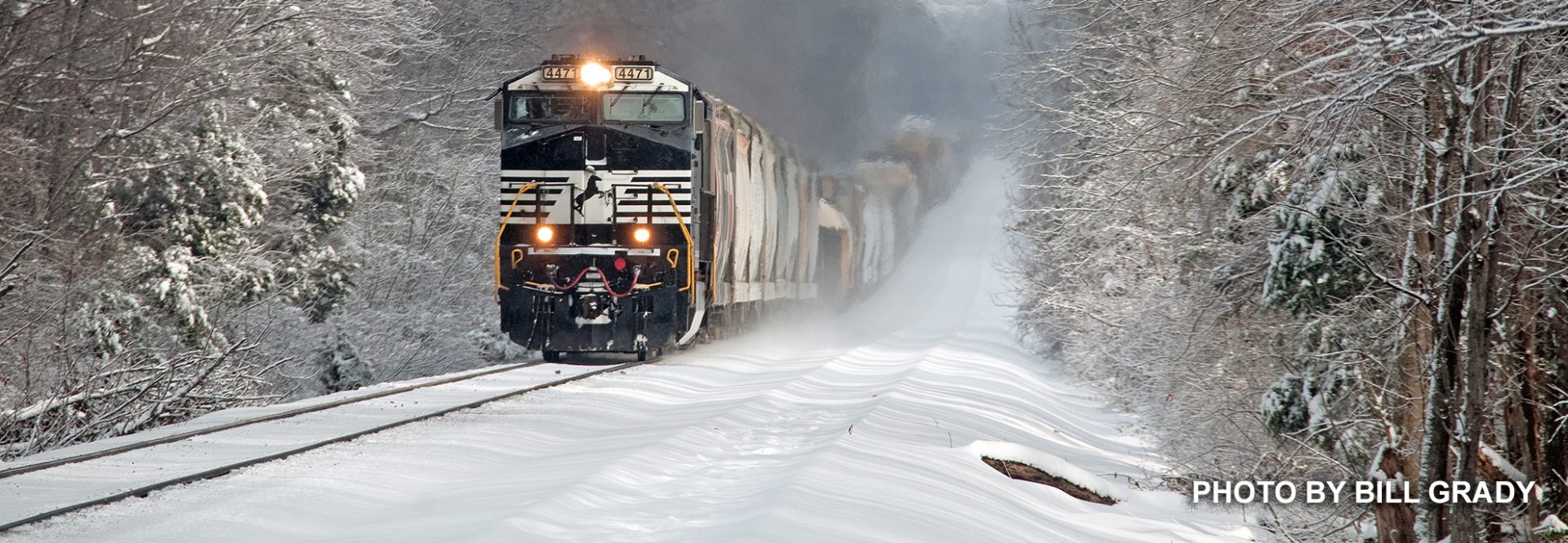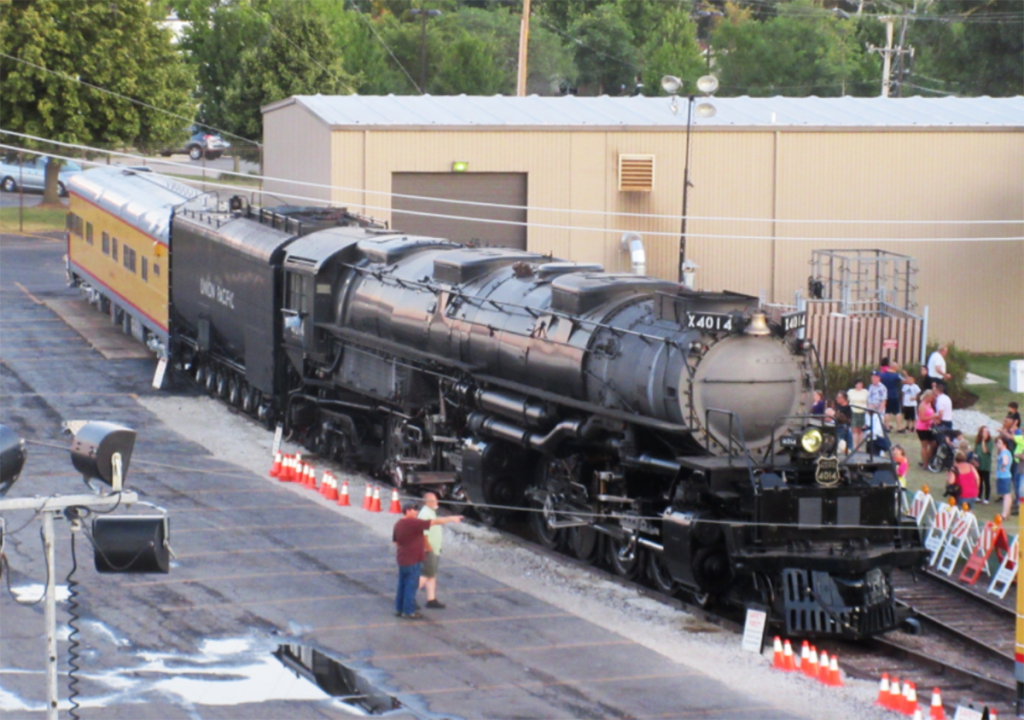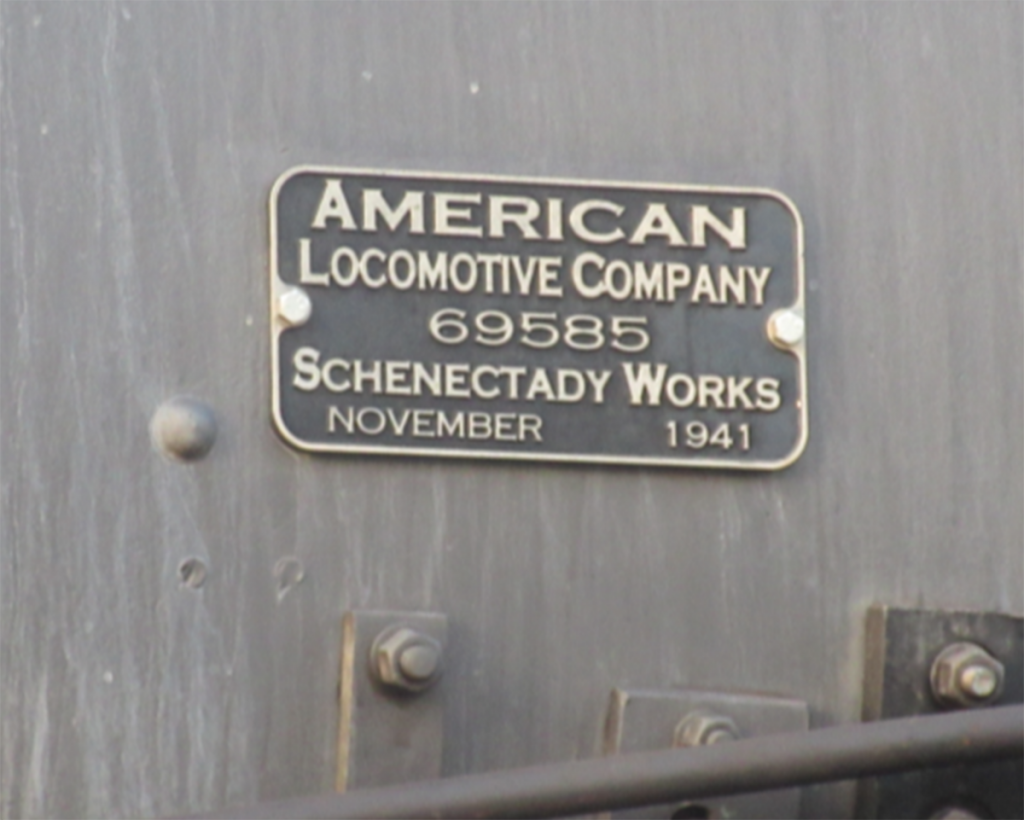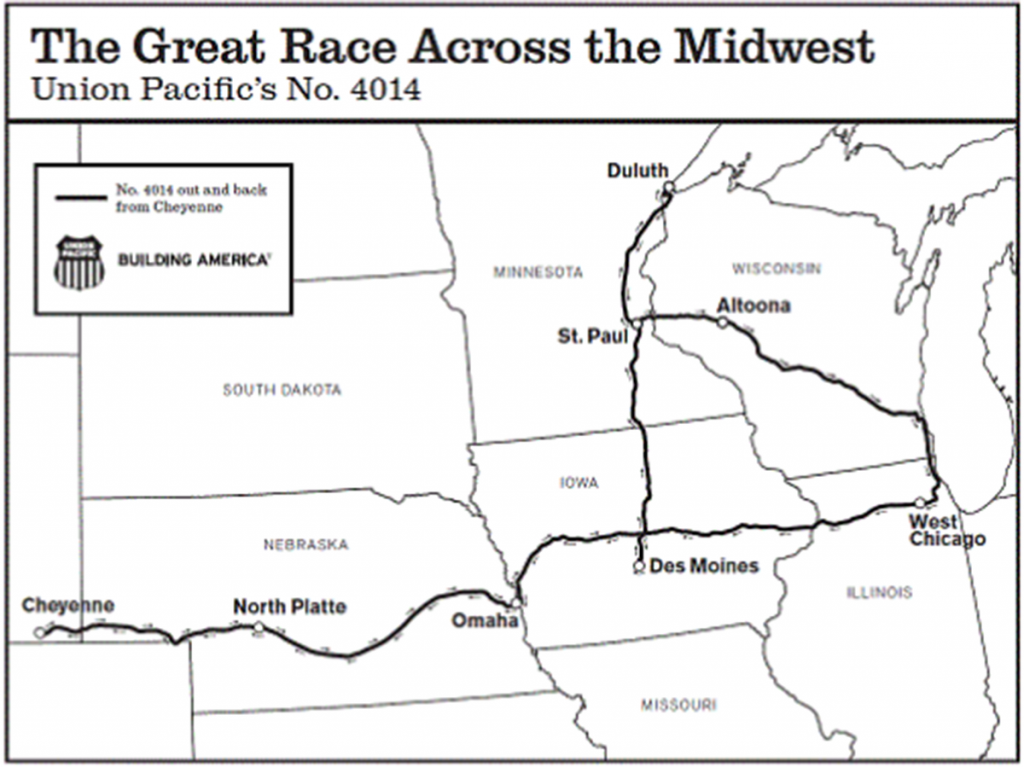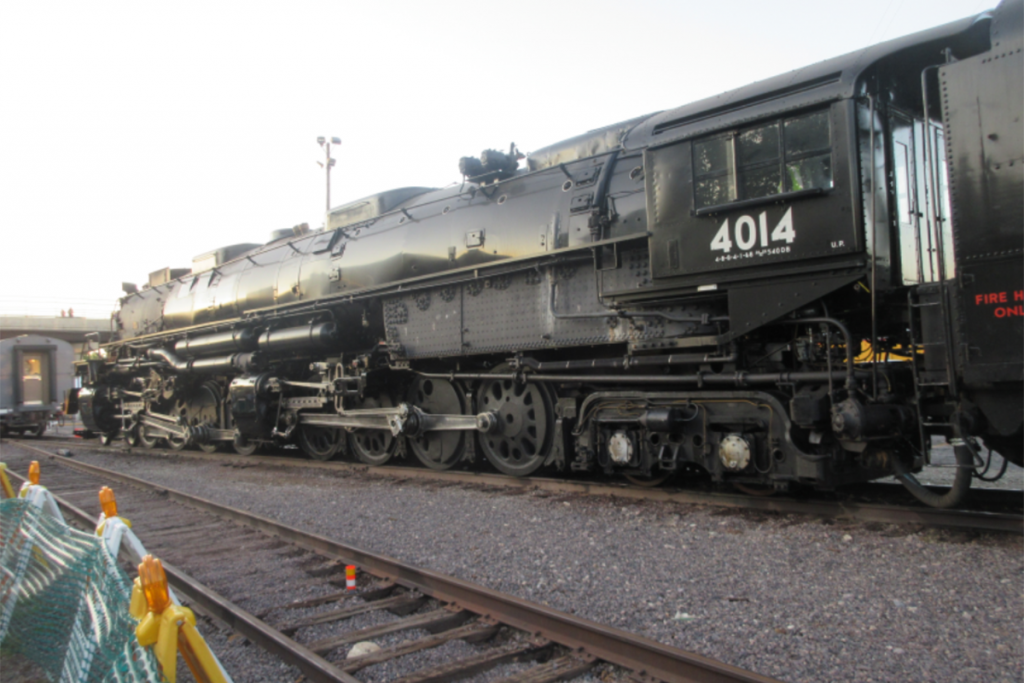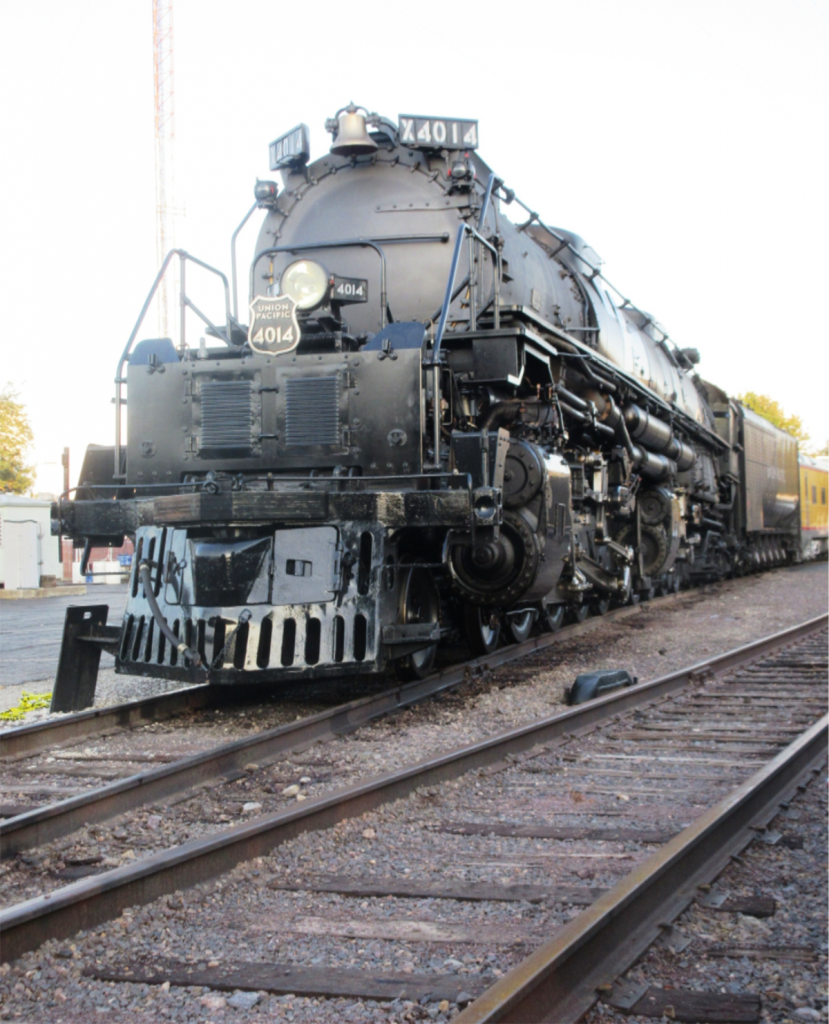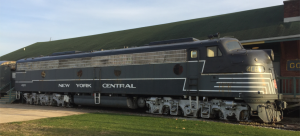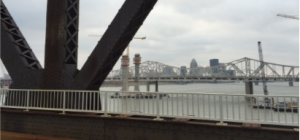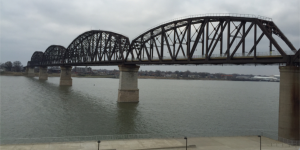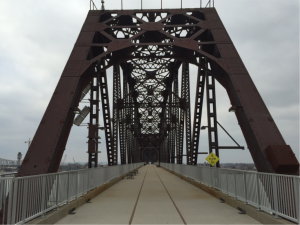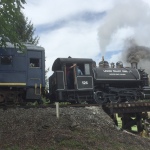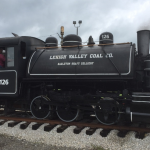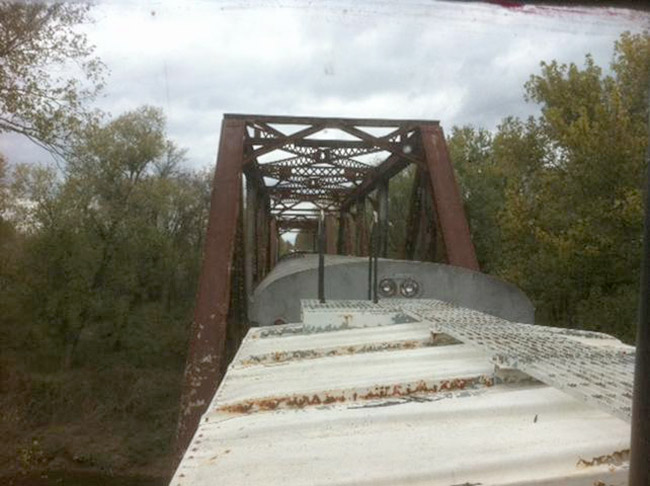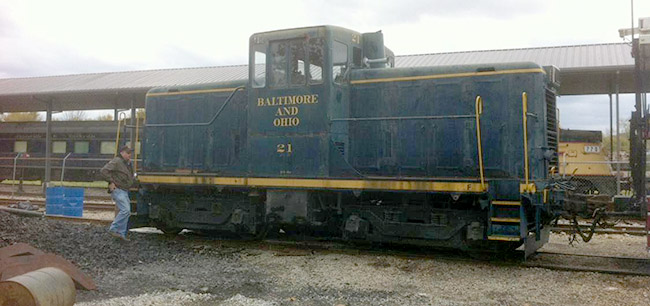Category: Rich Hane
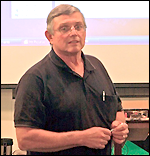
By Rich Hane
My dear Uncle Joe married my Mom’s sister in 1937. He soon went to work for the Santa Fe Railroad at the giant Corwith Yard on the near southwest side of Chicago as a mechanic. Corwith was built in 1887 by the Santa Fe and at the time was the largest railroad yard in the world. He always said that it was a good company to work for and the economic Depression was just starting to loosen its grip on the nation.
He was what I would call a general mechanic doing whatever was needed and worked on all manner of engines, freight cars, and passenger cars. He disliked working on the large numbers of stock cars which came in to deliver animals to the nearby Chicago stockyards. Things got real busy starting a year or two before World War II as the country started the huge buildup needed to arm the military and the civilian economies. He was a bit too old to go into the service and his railroad job might have exempted him. One of the interesting things that he did during the war was to ride on some of the passenger trains as an emergency mechanic to repair the train on its way to Fort Madison, Iowa. The trains were on a tight schedule and it was important to minimize any problems that might delay or tie up the main line west. Fort Madison was a division point on the Santa Fe just west of the Mississippi River about 240 miles from Chicago. The trains carried a supply of spare parts and tools in the baggage car that the mechanic could use to hopefully keep the train running. He would spend the night in Fort Madison and then do the same job on the return trip to Chicago.
Uncle Joe said that the number of trains coming and going was just unbelievable and everyone was so busy. He occasionally had to sleep overnight at the yard when things were really busy. One interesting side story was that whenever the mechanics and laborers had some free time they would assemble freight car kits that came in to the yard from some other company. These were shipped with all of the parts needed to construct a finished freight car.
When the war was finally over he worked about another year before he was laid off to make room for the GIs who were former employees that were returning home and that the Santa Fe had promised to rehire when they came home after saving the world (my well founded opinion).
Uncle Joe then became a chicken farmer for 3 years before almost going broke and followed this with jobs at General Electric and Sylvania. Later, I will write about him and me and some model trains.
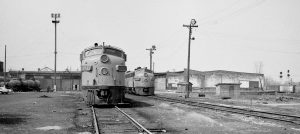
I grew up in Franklin Park, Illinois which is a small Chicago suburb on the Milwaukee Road west line going toward Elgin, Illinois. We had a nice little wooden station that I could ride my bike to and hang out watching the trains. There were many trains to see from the benches since there were 4 main tracks. Freight and passenger trains were frequent. A few steam engines were still running and were unforgettable. I even rode my bike to the Bensenville yards to see the action and especially liked the diesel shops which were fascinating to a boy that loved all the complex machinery, tools, and engines that occasionally had hoods or doors off or open allowing a view of the innards.
For a couple of summers before I could drive, my friend Jack and I took the train to Itasca, Illinois to caddy at a golf course. The train fair was 31 cents each way and we might earn, i f we were lucky enough to get a golf round, $3 for a single bag and $6 for two bags for 18 holes. And if we got two rounds in a day we felt like Rockefeller. This was for carrying the bags on our backs, no carts. This was pretty good money for the day even after figuring in the train fare. Of course it was always a thrill to ride in an old heavyweight passenger car. The 3 or 4 spittoons in the men’s smoking room were just an added attraction, I sometimes wonder were all the country’s spittoons went to. Gosh, they were truly disgusting. The acceleration of the Milwaukee’s EMD F units were exciting as were the rumble and guttural sounds emanating from the huge and beautiful diesels.
I was also lucky enough to occasionally see and feel the New York Central EMD E units in Lasalle Street Station in downtown Chicago when my aunt from Vermont would come to visit. These trains were true classics compared to the old Milwaukee trains that I rode to various jobs. Several times I was able to walk through the NYC cars before my aunt would leave for home and I could experience the elegance, comfort, and style of a world class train before I had to get off and re-enter the real world of a train shed that seemed a mile long and hear the wonderful sounds of many prime movers in the E7 or 8s. Each engine having at least 2000 or more Horsepower compared to my Dad’s Plymouth of about a hundred.
In high school I worked a few summers loading 40 and 50 foot boxcars on the Milwaukee Road with televisions, stereo consoles, and radios for Zenith Radio and Television. If you have never loaded a boxcar, you can never imagine just how incredibly huge they are. I mean HUGE.
So these are a few remembrances of my early connections to trains and the mighty railroads that did so much to build this great country.
Rich Hane
Rich Hane shares some photos from the New York Central Museum in Elkhart, IN.



This is one of 62 New York Central E8 diesel locomotives as seen by my wife and I at the National NYC Museum in Elkhart, In. recently. General Motors built 450 of these from 1949 to 1954. Each unit was powered by two V-12 Diesel engines and were rated at 2250 HP. Many of these passenger engines were re-geared for freight use as the needs of the railroads changed. Rich Hane
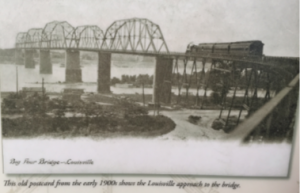 For the last couple of years if my wife and I were in Louisville we have made it a point to walk on the new pedestrian/bicycle bridge over the Ohio River which is part of the riverfront park system just east of downtown. It is truly a wonderful attraction for a nice town and someone who likes history, scenery, railroads, or walking.
For the last couple of years if my wife and I were in Louisville we have made it a point to walk on the new pedestrian/bicycle bridge over the Ohio River which is part of the riverfront park system just east of downtown. It is truly a wonderful attraction for a nice town and someone who likes history, scenery, railroads, or walking.
The Big Four Railroad Bridge which was owned by the New York Central Railroad connects Louisville, KY and Jeffersonville, IN and was completed in 1895 and updated in 1929. Forty two men lost their lives in the original construction. It is a six span through truss bridge type. The spans total 2,545 ft with a clearance of 53 ft and rests on 7 attractive and strong stone piers.
The original bridge had one standard gauge track along with a narrower interurban track between the standard gauge track. Also, two pedestrian walkways were included. The bridge was almost 11,000 ft long with the approach ramps.
In the 1920’s as trains became much heavier, it was decided to rebuild the bridge. A very novel plan was made to build the new bridge entirely within the old bridge while using the existing stone piers. When the new bridge was finished the old bridge works were removed. This plan cut about 2-3 years of work and the new bridge was finished in one year.
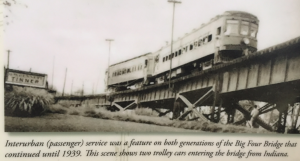 Interurban service lasted until 1939 and with the coming of the Penn Central merger the bridge was abandoned in 1969. The approaches were removed in 1974. For a while the bridge came to be known as the bridge to nowhere. Many people organized and promoted the idea of a pedestrian and bicycle conversion for the bridge and this opened in 2013 with a spiral ramp on the Kentucky side and a ramp stairway on the Indiana side in 2014. A total of 326 precast concrete panels make up the desk’s surface and lights and safety railings where added. The adjoining parks contain nice walkways, gardens, trees, and are well patrolled.
Interurban service lasted until 1939 and with the coming of the Penn Central merger the bridge was abandoned in 1969. The approaches were removed in 1974. For a while the bridge came to be known as the bridge to nowhere. Many people organized and promoted the idea of a pedestrian and bicycle conversion for the bridge and this opened in 2013 with a spiral ramp on the Kentucky side and a ramp stairway on the Indiana side in 2014. A total of 326 precast concrete panels make up the desk’s surface and lights and safety railings where added. The adjoining parks contain nice walkways, gardens, trees, and are well patrolled.
I encourage everyone to walk or bicycle this truly beautiful piece of history. The views are spectacular especially when large ships are passing beneath the structure or when the city skyline is lit up at night. We saw a lovely sunset recently and also passed beneath the bridge on a riverboat and enjoyed a fine dinner aboard the boat. The Belle of Louisville and the City of Jeffersonville are gorgeous examples of old riverboats. At night the bridge is lit up with thousands of lights that constantly change colors from red to blue, yellow, green, orange, etc.
On August 20 my wife and I spent the last day of one of our Kentucky mini vacations at the Bluegrass Railway Museum in Versailles, KY. We have been there before and it is a nice operation on some L&N track between Frankfort and Lexington KY. Young’s High Bridge is visible at the end of the present line over the Kentucky River.
We rode first class in an air conditioned ex California Zephyr car which was in great condition. The 4 car train was pulled by an 0-6-0 saddle tank steam engine built in 1931 by the
Worth Iron Works in North Wales, PA. This engine also worked at the Lehigh Valley Coal Company at the Hazelton Shaft Colliery.
The retired fellow who bought and restored the engine takes it around to railroad museums as a fund raiser for the museum and a hobby for him. He was at Versailles for 2 weekends for a total of 8 trips on their tracks. There was a nice photo runbye, too. The coal was lifted into the coal bin in 5 gallon buckets. It was a fun day and the engine ran great.
The museum has several operating layouts (O, HO, & N gauge) along with great photos, tools, real train equipment, gift shop, displays, and several diesels. Their website is bgrr.org. Rich Hane
On Saturday, Oct. 20th my wife and I made our annual pilgrimage to the Kentucky Railway Museum to enjoy our free train trip which is part of the benefits of our family membership. It was a beautiful fall day and we spent some time inside the museum and got to see the 3 new model train layouts on display. I believe these are a temporary exhibit while they decide what is going to happen to the building which housed the model trains before the flood damage of 2010. The layouts are very well done and can be operated by the visitor and consist of a Lionel O scale layout, an American Flyer S scale layout, and an HO scale layout.
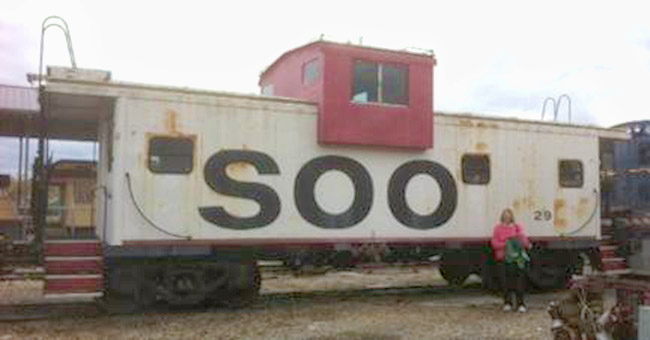 We made an extra donation to the museum this year since they have been experiencing tight financial times and were surprised to be invited to ride in the Soo Line caboose which was being coupled to the rear of the passenger train. This caboose was built in the later years of caboose use in the 1970s and belongs to a group who lets the museum use it in return for storage. It had old seats from a bus installed which were quite comfortable; or maybe we were just excited to be riding in a real caboose. The caboose was added to give a ride to about a dozen of the fellows that faithfully volunteer their services all year long and we were allowed to ride in the cupola. Besides the nice ride, we had a chance to visit with the volunteers and even got some rare mileage in as we were shuffled around the yard behind the GE 44 ton center cab switcher. These little guys have twin 380 HP diesel engines and are very functional.
We made an extra donation to the museum this year since they have been experiencing tight financial times and were surprised to be invited to ride in the Soo Line caboose which was being coupled to the rear of the passenger train. This caboose was built in the later years of caboose use in the 1970s and belongs to a group who lets the museum use it in return for storage. It had old seats from a bus installed which were quite comfortable; or maybe we were just excited to be riding in a real caboose. The caboose was added to give a ride to about a dozen of the fellows that faithfully volunteer their services all year long and we were allowed to ride in the cupola. Besides the nice ride, we had a chance to visit with the volunteers and even got some rare mileage in as we were shuffled around the yard behind the GE 44 ton center cab switcher. These little guys have twin 380 HP diesel engines and are very functional.
The main line run was powered by a newly arrived GP7 diesel which started life as a Reading unit and was 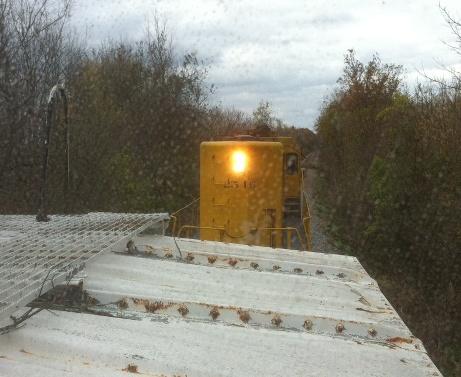 later sold to Weyerhaeuser Timber Corporation and came to the museum from an equipment dealer as a trade for some old equipment. It seemed to run quite well and did not smoke excessively.
later sold to Weyerhaeuser Timber Corporation and came to the museum from an equipment dealer as a trade for some old equipment. It seemed to run quite well and did not smoke excessively.
We always enjoy our trips to the Kentucky Railway Museum and appreciate all that they do to keep railroading history available to everyone. They always are grateful for memberships, donations, or visits so please keep them in your thoughts. They can be reached at the Kentucky Railway Museum, 136 South Main St., PO Box 240, New Haven, KY 40051, 502.549.5470, 800.272.0152, info@kyrail.org.
